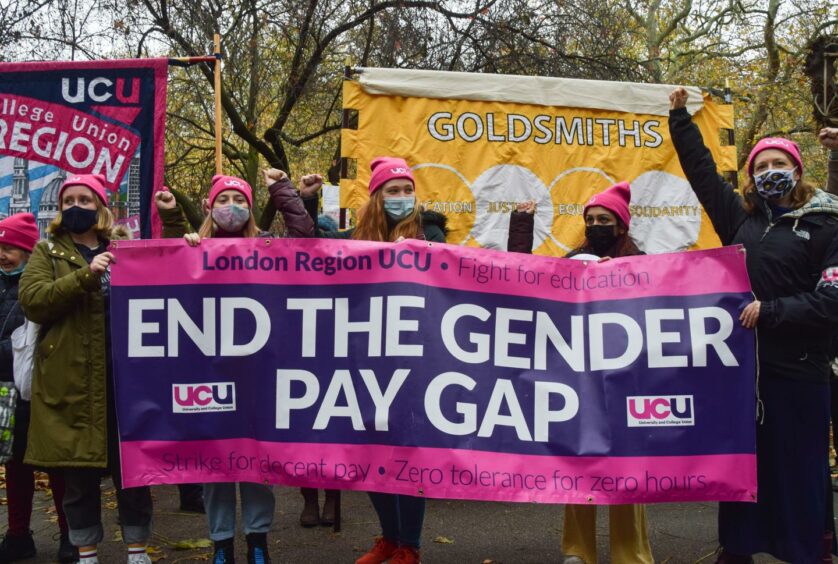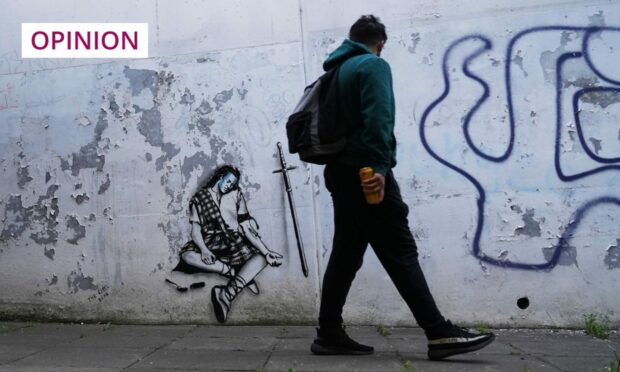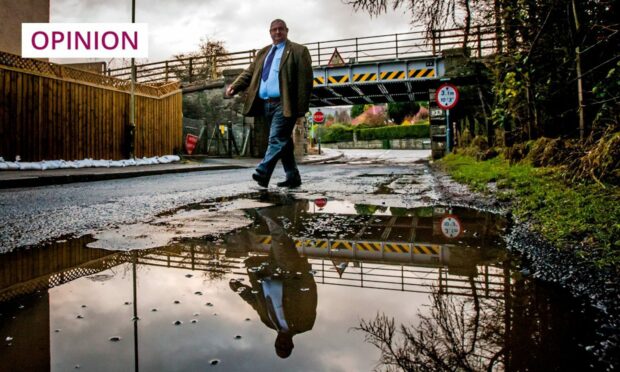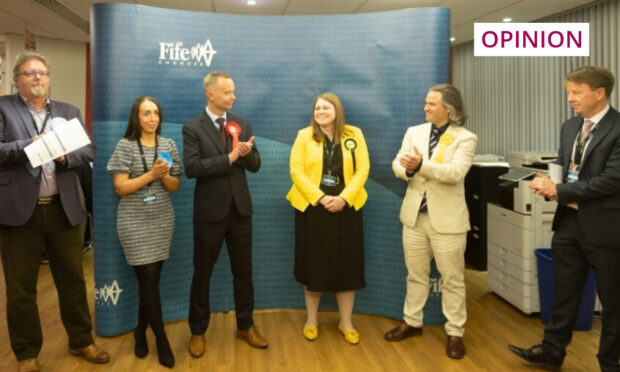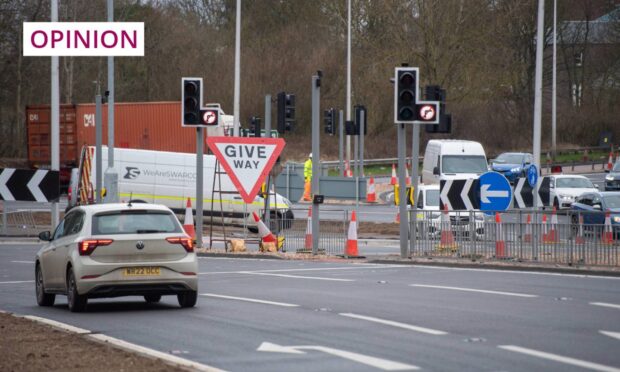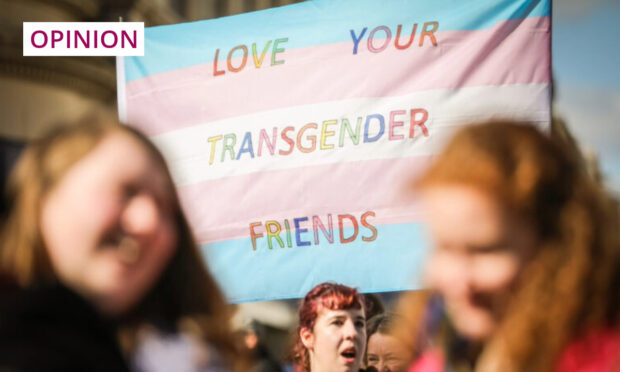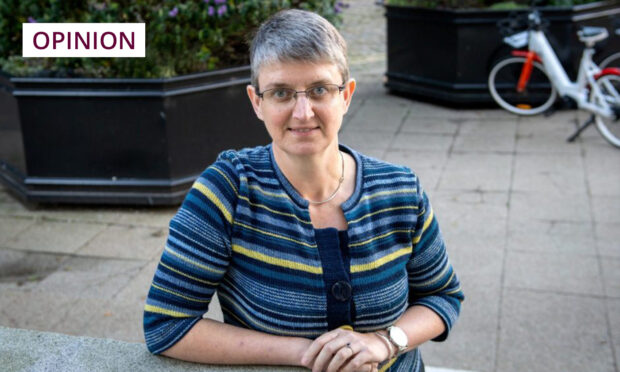I don’t know what any of my colleagues are paid. Male or female. I do know I’ve never asked for a pay rise.
I earn enough to keep a roof over my head.
And I cross my fingers I’ll have enough of a pension to keep the dogs in biscuits if I ever manage to retire.
It’s probably not the soundest financial policy. But it’s probably not that unusual either.
And it’s probably the kind of complacency that’s allowed the gender pay gap to flourish for so long.
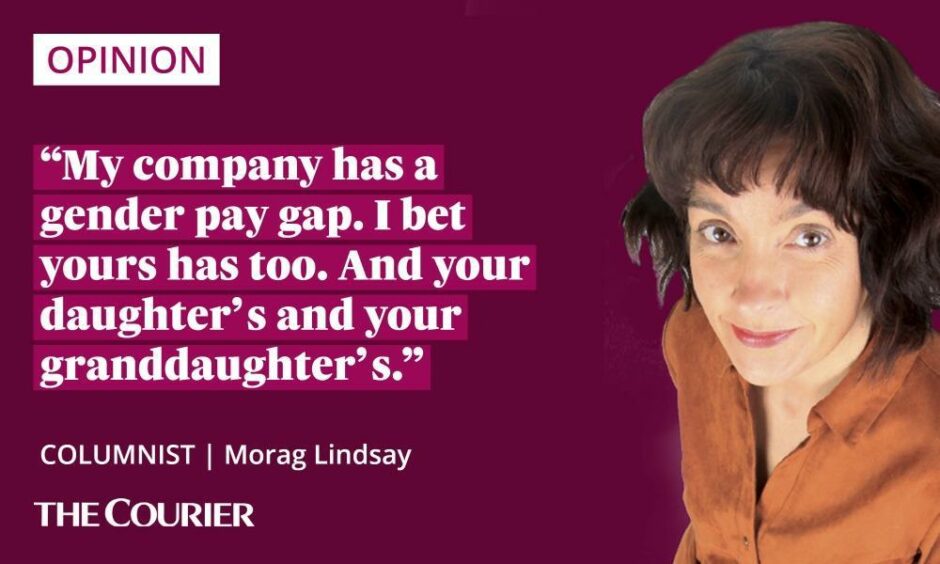
The official theme for this year’s International Women’s Day was #BreakTheBias.
But here in the UK at least, a lot of organisations found their plans for a day of pink and purple virtue-signalling were derailed.
They’d have got away with it if it hadn’t been for those meddling bots
A fiendishly clever Twitter account – Gender Pay Gap Bot – spent the day retweeting all of their International Women’s Day messages with a statement setting out the often yawning divide between what they pay their male and female employees.
The information is freely available on the UK Government website. Companies with more than 250 employees have been required by law to publish it since 2017.
The difference between firms’ gushing sentiments about women’s empowerment and how they actually reward those women was telling.
In some cases – I’m looking at you, Ryanair – it was enormous.
Ryanair #IWD posts slammed as campaigners point out 68% gender pay gap https://t.co/MYKoMBL89p
— The Independent (@Independent) March 8, 2022
The odd company or charity paid male and female workers equally. In a few rare cases women were paid more.
Lots of companies started deleting their original posts but a helpful tweeter started taking note of them and compiled them in a seemingly endless thread.
It was grimly fascinating. I saw one woman comparing it to that time we all got obsessed by Big Jet TV during Storm Eunice.
Ultimately though, it was just really bloody annoying.
Wasn’t this all meant to be mended 50 years ago?
A pal told me how disappointed she was in the companies that deleted their tweets. They could have used it as an opportunity to explain their position and the steps they were taking to bridge the gap, she said.
Which made me wonder if it was all much more complicated than it seems.
a thread of all the employers who deleted their #IWD2022 tweets as a result of getting called out by the @PayGapApp: because i love mess
— madeline odent (@oldenoughtosay) March 8, 2022
So I looked at the Close the Gap website and no, it doesn’t look like it.
It says the main reasons for the gender pay gap are lower wages in roles traditionally filled by women – you know, the carers, cleaners and shop workers who seemingly aren’t as key now we’ve all forgotten about the pandemic – and the fact that women are still paid less for doing equivalent work to men.
More than 50 years after the Equal Pay Act became law there’s still a 10% gap between men’s and women’s full time hourly rates and a 30% gap between part-timers.
It means less money for working women, higher rates of child poverty, particularly in single parent households where the sole carer is the mother, and far lower pensions in the end.
It’s as infuriating as it’s unfair.
Gender pay gap is for companies to fix, not workers
My company has a gender pay gap. I bet yours has too. And your daughter’s and your granddaughter’s.
And I know we women should probably kick up more of a stink and do something about it. But here’s a thing: we’re all working really hard already.
This feels like something employers could fix while we get on with the jobs we’re paid that little bit less to do.
I’m a journalist, not an economist. It’s maybe not as simple as “pay the women more”.
But paying the women more would be a start.
And if companies aren’t prepared to take some steps to tackle it by the time the next International Women’s Day rolls around, can I suggest they keep their self-congratulatory tweets to themselves.

